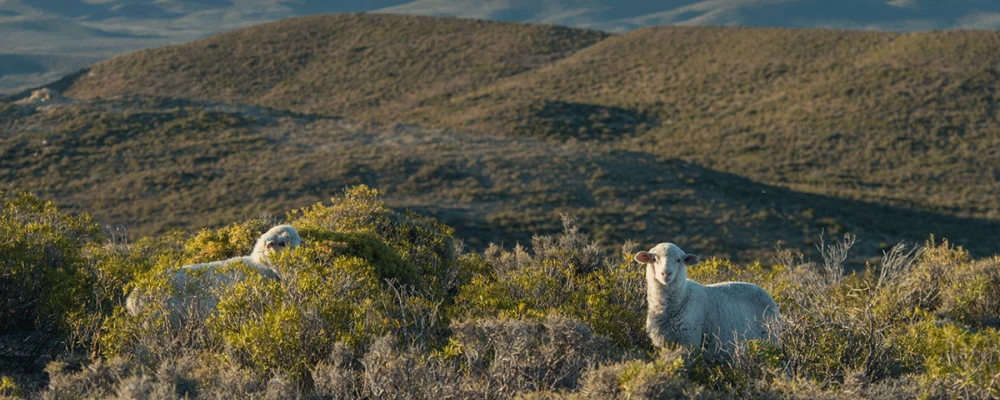
How to create positive impact with natural materials
The backbone of this article is taken from a discussion between certain thought leaders, brand sustainability managers and textile/materials researchers who participated in the Premiére Vision festival of digital events in Spring 2021.
We look to understand how you can create a positive impact through choosing natural materials for your product business or lifestyle. There are benefits to using synthetics from a performance perspective, but looking holistically at what natural materials can do for people and planet is the new discussion for the textile and fashion industries.
Thumbnail image: Regenerative Fund for Nature, Kering/Conservation International
What are natural materials?
Firstly, there needs to be an understanding of where natural materials come from and where they fit with other material types.
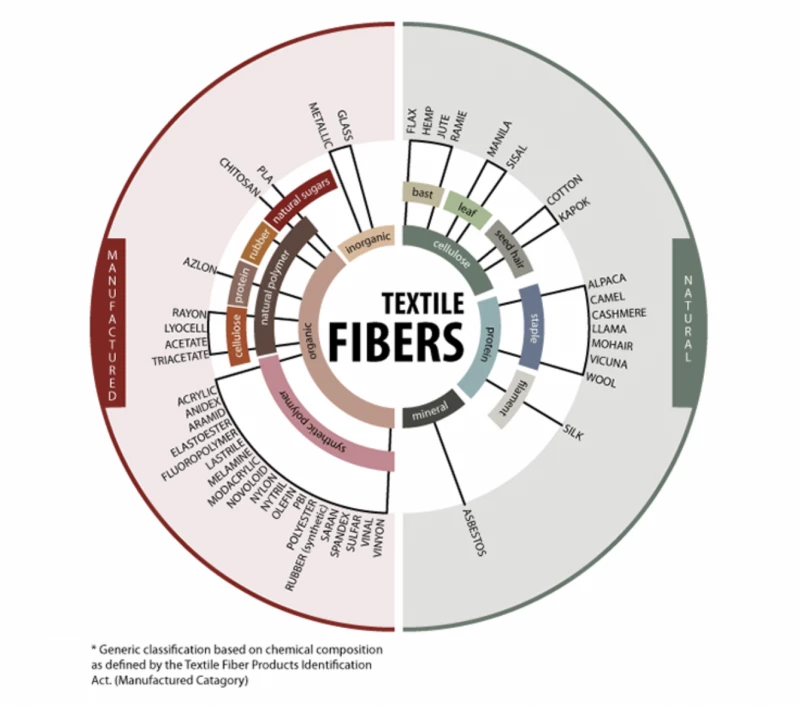
Natural materials for textiles are categorised as coming from:
- Celluose > bast, leaf, seed hair
- Protein > staple and filament
- Mineral
- Organisms
There is an emerging category of natural materials all of their own - organisms and bacteria, not included in the above diagram. Materials like kombucha 'leather', mushroom 'leather', fruit 'leather', algae... the raw materials are all grown naturally yet developed into pliable form by humans by understanding the inherent characteristics. As a lot of these newer materials can also span sectors including building and architecture, product and medical supplies, they are yet to be categorised significantly within textiles.
But if they are somewhat controlled by humans, often requiring the use of additional ingredients, does that make them more of a regenerated material, like lyocell and rayon (shown in the 'natural polymer' section of the diagram) that use wood pulp?
This is where understanding a material's origin can help identify what true impact you will have.
How to create positive impact with natural materials
You can access the replay of the dicussion How To Create A Positive Impact With Natural Materials by visiting this link and registering your email address.
The discussion was hosted by Bella Webb, Editorial Associate at Vogue Business and was a conversation between Seetal Solanki, Materials Translator at Ma-tt-er, and Céline Sermaan Vernon, Designer and Founder of Slow Factory Foundation.
What is a 'positive impact'?
"Positive impact isn’t addressing a solution for all, but being considerate as to how much we have of it, how often it can grow, the climate conditions that it needs to thrive - because for me, a lot is about thriving, not just surviving.” ~ Seetal Solanki
[Seetal]
Understanding ingredients can help to be aware of how they work together to create experiences. e.g. algae to create colour through dyes and pigments, in architectural settings as with fuel and insulation, along with its simplicity as food, and as a self-binding agent (glue).
This has a positive impact because it is regenerative, grows in water rather than land, has many species. It also creates up to 80% of worlds’ oxygen, so we need to be mindful that is not universal solution to all of our problems. Materials like algae has the ability to help us survive in many ways.
[Céline]
Participated in the “One By One” UN design incubation project between designers and scientists, funded by Swarovski and UN Office for Partnerships, and operated by Slow Factory Foundation.
First collaboration (out of three) was between designer Phillip Lim and researcher Charlotte McCurdy. Together they used algae to create sequins. Algae as a plastic alternative was not Charlotte's main focus, but worked with Phillip to “champion ideas and create a space for innovation at the intersection of fashion and science.” [Learn more about it via Dezeen].
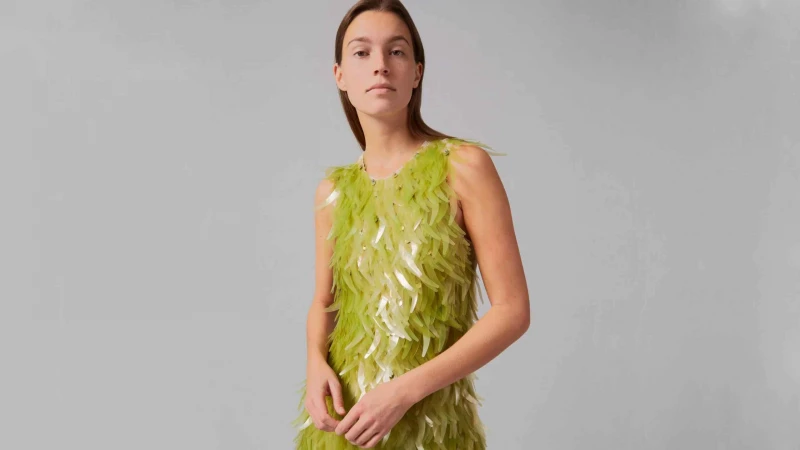
Mara Hoffman was paired with Custom Collaborative - a workforce development training organisation preparing black and brown women in Harlem to have significant positions in fashion. Together they created a social framework that could be copied by other factories to work with marginalised communities, and the One By One project helped to accelerate the transition with funding.
How can designers and brands determine the appropriate scale for their innovations?
"Everything is fine in moderation." ~ Bella Webb
[Seetal]
Look beyond fashion, how are materials surviving outside of this sector. A creative practice is about humanising materials, enabling understanding of how we are similar to nature, and therefore appreciate our place within it.
People that have access to knowledge, for instance with materials, are trained in this sector. We need to decolonise - share beyond a singular way of knowing. Materials are everywhere around us, so we need to figure out a new language that is inclusive.
“Building kinships between the material world and human world." ~ Seetal Solanki
[Céline]
Lack of common language within science and design causes issues in understanding. The One By One project helped to bridge this gap. [See below how they use Open Education peer-to-peer learning to address this gap in knowledge].
[Bella]
Collaborating between industries is not usual for fashion degrees and training. Link to the Slow Factory Foundation and their retraining and recalibration of education.
How can we prepare designers to be good collaborators?
[Céline]
Working with the UN in supporting the SDGs. Goal 17 is about partnerships, and can help to achieve collaborative innovations. Sometimes collaboration is about marketing, so they went deeper into the building and growing of actual materials e.g. Public School and Dr Thean Chiros project who developed a nano cellulose leather, which grows like kombucha. There needed to be a shared language between the two disciplines of science and design.
Another Slow Factory Foundation programme is the Open Education Literacy Programme led by BIPOC teachers, is completely free, and has 10000 students. It teaches through peer-to-peer learning (non-institutionalised so that the public can become a scholar): shared language, make it accessible.
[Seetal]
Design school is about product first, rather than materials first. Material knowledge helps understand the behaviour and use of materials we think we know e.g. wood can also be flexible, it can be a fibre.
Unlearning > learning > relearning. Become planet-centric rather than human-centric.
Designing for disassembly, designing for versatility, open-source learning - there are so many ways we can operate. Not every material needs to be about mass-production.
How can you create a positive impact?
[Céline]
Divert from marketing into education. Influence the public into trusting them. Materials first: materials should not compete with human rights. For example, the choice to use non-toxic processes are not only good for the earth, but good for the people.
“The intersection of climate, justice and human rights is very important. It shouldn’t be competing with material understanding or literacy. A whole system exists around these materials, and a set of human lives are impacted by these materials." ~
"Educated decision-making becomes less foreign, and the more they engage in learning, unlearning and relearning the better they will make decisions and the better leaders they will become.”
[Seetal]
Speak to people beyond the design industry, and how this can impact design e.g. lived experiences, cultural backgrounds. How they have different impacts = meaningful purpose and intentionality. It's not just about economic framework, but material value too.
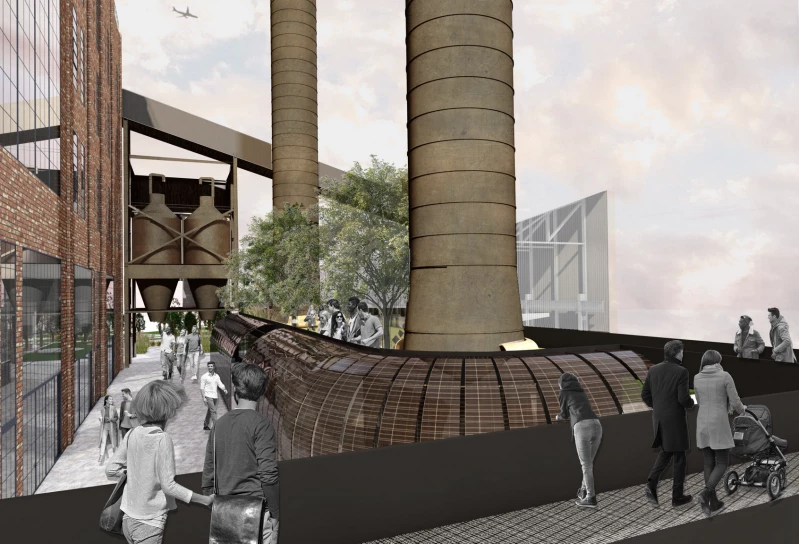
Regenerative fashion
You can access the replay of the dicussion Regenerative Fashion, Let's Tackle Climate Change Beyond Sustainability by visiting this link and registering your email address.
The discussion was hosted by Victoire Satto, Co-founder & EIC, Host of the podcast ON(WARD) FASHION. The discussion was between Elisabetta Barono, CCO & Sustainability Manager Timberland EMEA, Arizona Muse, Activist, sustainability consultant and model, and Nina Marenzi, from The Sustainable Angle and Future Fabrics Expo.
Definition of regenerative
Regenerative refers to the improvement of a place or space, so when we discuss regenerative agriculture, we are looking at how the system can be improved in terms of restoration. For regenerative fashion we are considering the practices and solutions that can be implemented to restore what we take, making it a collaborative rather than extractive approach to production.
Key takeaways
[Arizona]
- Didn't know where the clothes she was helping to sell came from. Now understands that fashion connects the whole world through the supply chain.
- Defines 'regenerative' as restoring biodiversity, leaves soil in better condition than it was before. Organic - less toxic than conventional, but follows same process as conventional. There is a wide spectrum of organic practices. Can’t define "sustainable", as it is too broad.
- Vegan has become synonymous with "healthy" but a lot of materials are petrochemical-based. This does not necessarily mean sustainable.
- Organisation Rewiring Fashion looking to redesign the fashion calendar to disrupt speed
[Nina]
How do we move from sustainable textiles, into ones that are regenerative and restorative for the soil? Regenerative agriculture is all about restoring fertility in the soil, so all materials that can be grown in the earth can have these regenerative impacts. It is the opposite of industrialisation.
Regenerative can be a nature-based solution across the board for fashion. 30% climate action can come from nature-based solutions.
Brands notably working with regeneration in mind:
- Patagonia > helped support the ROA
- Eileen Fisher > member of the Savory Institute
- Kering > committed to these principles as a group for all brands involves
- Maggie Marilyn > sourcing materials regeneratively
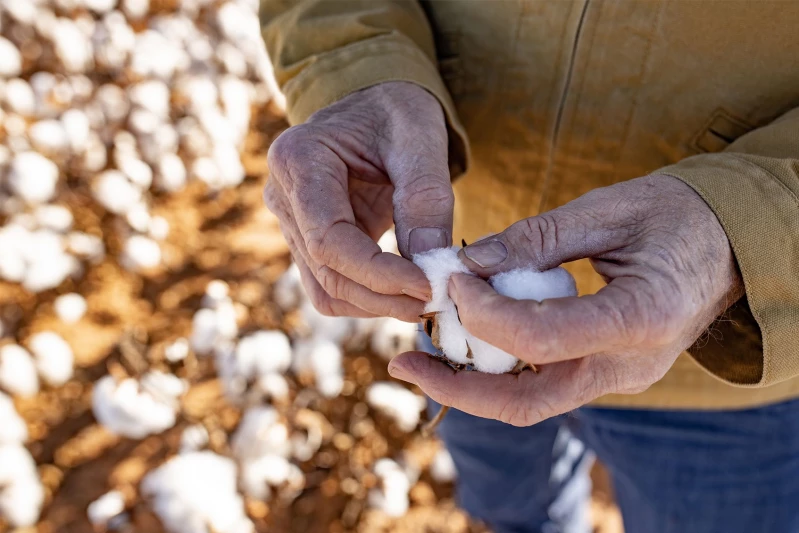
As with regenerative agriculture, design approaches need to have the foundation of restoration within a wide framework. We need to go past the 60 year forecast of harvests (because so much topsoil has been lost). Where does the product end up?
No waste in nature = design process will always have the end point in mind. It isn't about not polluting, but restoring for our own survival.
- Cotton > look at the Regenerative Organic Certificate
- Wool > Responsible Wool Standard, Grassland Institute
- Leather > White Oak Pasture is part of the Savory Institute
[Elisabetta]
- Timberland are a brand based around natural materials, and regenerative is the next step.
- 50 million trees to be planted by 2025.
- 43% of CO2 emissions comes from material sourcing, so they developed a roadmap '2030 vision' to have net positive impact on the planet.
- Designing for Circularity
- Regenerative (100% natural materials sourced regeneratively e.g. cotton, wool, sugar cane, leather and rubber) [see their regenerative shoes].
- Were looking to implement regenerative cotton, but farmer couldn't provide, so scale was not there

If you would like to learn more about regenerative fashion and sustainable fabrics, why not check out these Masterclasses filled with guest expertise and holistic guidance:
Regenerative Fashion Practices To End Hunger
Ethical Fabrics And Why We Should Use Them
Join for free, then upgrade to a Professional Membership to gain full access, private group consultations, monthly rewards and exclusive partner discounts.
